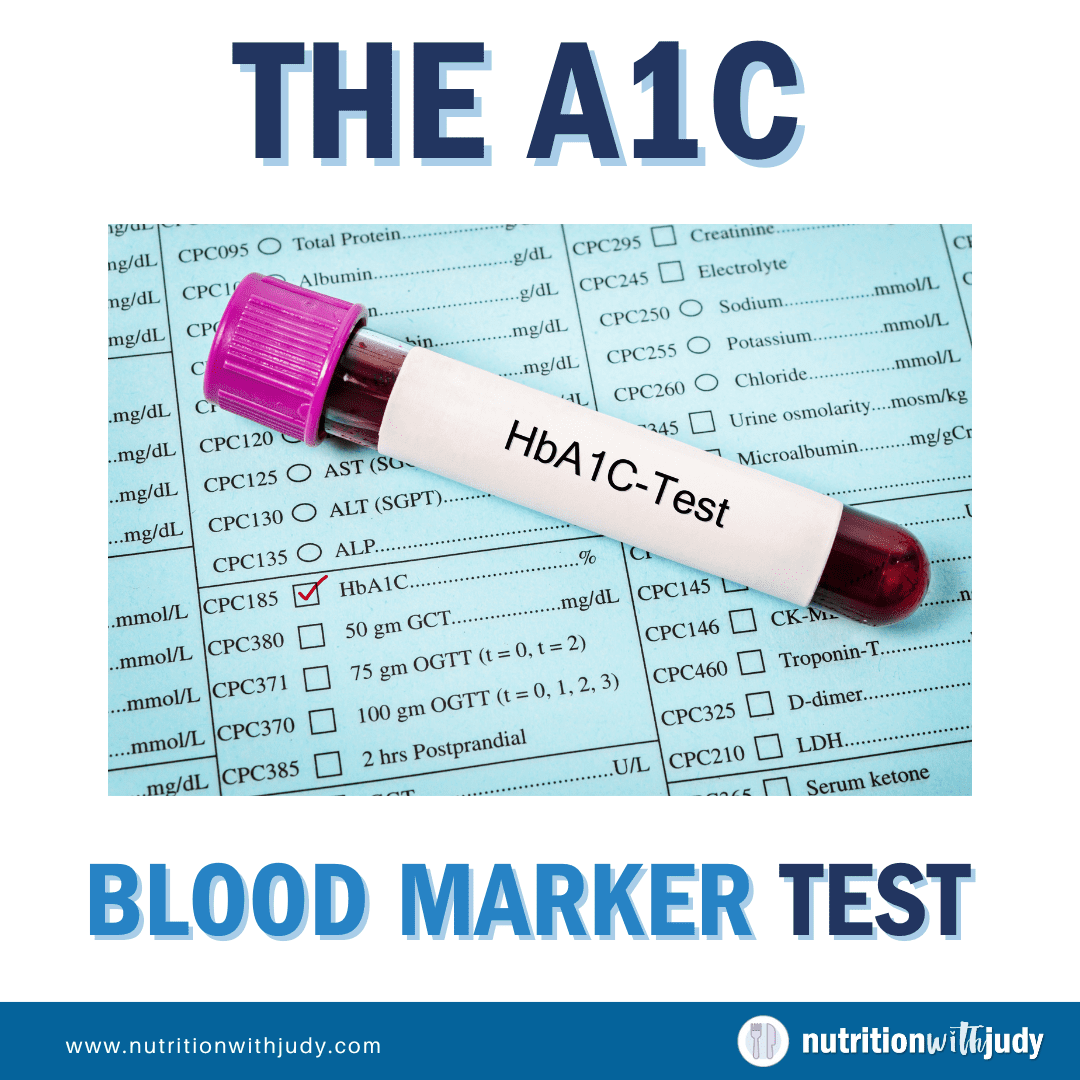

The A1C Blood Marker Test


Original Publish Date: 10/23/21
This week I am releasing my Community Q&A #5 and one of the questions I received was about hemoglobin A1c (HbA1c). Many carnivores that were once on a strict ketogenic diet, tend to see their blood glucose numbers go up.
Why is that?
Understanding A1C In the Context of the Carnivore Diet
According to the NIH, “The A1C test measures the amount of glycated hemoglobin in the blood, which reflects average blood glucose levels over the preceding 3 months. (source)
The Hemoglobin A1C, HbA1c, or glycohemoglobin test is based on the attachment of glucose to hemoglobin over the typical 120-day lifespan of a red blood cell.
The amount of glycated proteins is directly related to the amount of glucose in the blood. However, the A1C test is a weighted average, with the glucose level of the preceding 30 days contributing more to the test result than glucose levels 90 to 120 days earlier. Thus, clinically significant changes in glucose can be seen in the A1C without waiting 120 days for red blood cell turnover.”
This is one reason that the A1C isn’t 100% accurate, especially for carnivores.
- Our red blood cells may live longer causing us to show inflated blood glucose numbers (alternatively, if you are diabetic, your red blood cells will die, possibly showing deflated blood glucose numbers).
- Based on how zero carb you were, your numbers will vary as A1C is a weighted average. Your last 30 days of diet will matter more than the full 3 months’ average.
Issues With the A1C Marker
1) Anemia affects RBC lifespans. The RBC lifespan may be lower for people suffering from anemia, resulting in an A1C that is lower than the true reflection of the average glucose.
But if you have iron-deficiency anemia, your A1C can be higher than the true reflection of glucose levels. One study compared A1C in iron-deficient anemic subjects and they showed higher A1Cs than iron-sufficient T2 diabetics. You can read the study here.
2) A1C shows no indication of insulin sensitivity. But how much insulin was required to keep the glucose at a normal range? If glucose is normal but takes constantly elevated insulin to keep the glucose in the normal range, well that’s not ideal.
Basically, you can have normal A1C for a long time but without knowing your insulin, and other blood markers for metabolic health, you may have a false sense of health.
I recommend testing for multiple markers to ensure your diet is helping you in the best way possible. HOMA-IR may be more ideal than A1C in this sense. HOMA-IR calculates fasting glucose and insulin.
The list below is pretty comprehensive but if you have several of these markers tested and they are within range, I wouldn’t worry too much if your A1C is 5.5 or 6. (I don’t like seeing it above 6. Now if you were at 10 and now at 6, then I’d be happy. Context always matters.)
Recommended Inflammatory Markers & Indicators
- Hb-A1C
- HOMA-IR
- Fasting Insulin or LP-IR
- GGT
- C-Peptide
- Serum Ferritin
- Homocysteine
- ESR and Platelets
- Hs-CRP
- LDH (Lactate Dehydrogenase)
- NLR (Neutrophil to Lymphocyte Ratio)
- Liver Enzymes (like ALT and AST)
- Lipid Panel (LDL-P (particle size), LDL, HDL, triglycerides)
- Vitamin D3 (if your number is at least 40-50, I wouldn’t supplement)
I offer a complete wellness panel and a written report from a low-carb, keto, carnivore POV. You just need to be near a LabCorp and I do not offer this in the states of NY, NJ, and RI.
In health,
Judy



